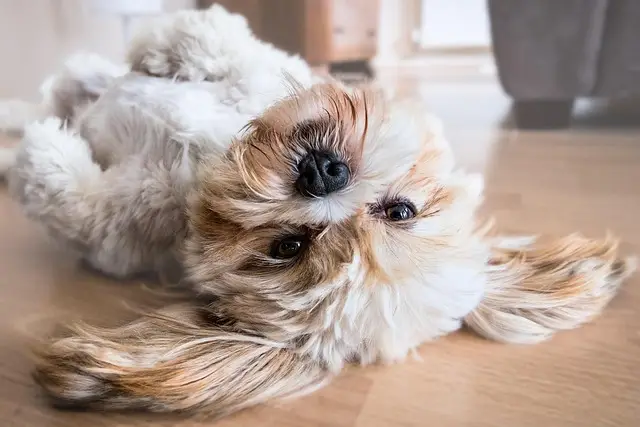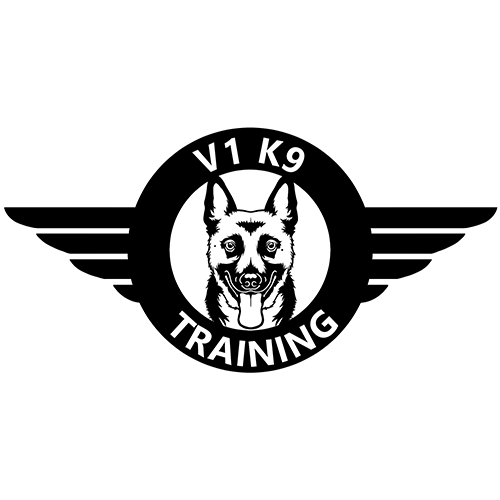
When bringing a new dog into your home, it can come with it’s own anxieties. How will my current dog react? How will I keep my new dog from getting into things? Is boundary setting even a thing in the dog world? I’m here to help by providing solutions for all of these great questions I have heard over the years.
Let’s start at the beginning. When bringing a new dog into your home, when you have an already established dog in the home, you will want to be mindful of your established dog’s space. Dog’s can be territorial over certain things. You will have better success integrating the two if you begin on neutral ground. This means having another person handling either your current dog on leash, or the new dog on leash, outside away from your home. Meeting in a park, or down the street. Anywhere you like as long it is a place that would be viewed as neutral by your dog or dogs. It can be helpful to walk them around the neighborhood for awhile so they can get used to each other before walking in the house together.
You will want to maintain supervision for awhile. Especially if you have any concerns over territorialism on either dog’s side. Keeping them separated in their own spaces when they can not be supervised. Gradually giving more freedom as you gain confidence in their acceptance of one another.

When it comes to establishing boundaries, there are many ways to approach this. Really what it comes down to is not allowing the behaviors you see as undesirable. Crates and leashes can be fantastic tools when beginning to establish your boundaries. When crates and kennels are introduced properly and used correctly, they provide a safe space for your dog to be when you can’t be with them. This keeps them from eating your furniture, potentially harmful plants and wreaking havoc in your home when you are away. Particularly unruly dogs can benefit from being on a leash in the house until they begin to understand the rules of their new home. This helps you to be able to control their movements and prevent them from doing anything undesirable.
In dog training, it can be simply reduced to either good repetition, or bad repetition. When we control the situation and only allow for good repetition, your dog learns relatively quickly what’s going to fly, and what is not. As I have seen over and over with my clients over the years, as well as in my own home, dogs do what we allow them to do. Much like children. We’re dealing with a bunch of furry toddlers 😂 The great news is they, just like children, are more than capable of learning and adjusting to new things. They are incredibly intelligent and most often they really just want to make you happy.
